Sponsored by iManage
AI in the legal sector: How to separate the signal from the noise
From contract review to litigation strategy, AI promises efficiency. But with so much noise in the market, legal professionals must know how to spot tools that deliver real value
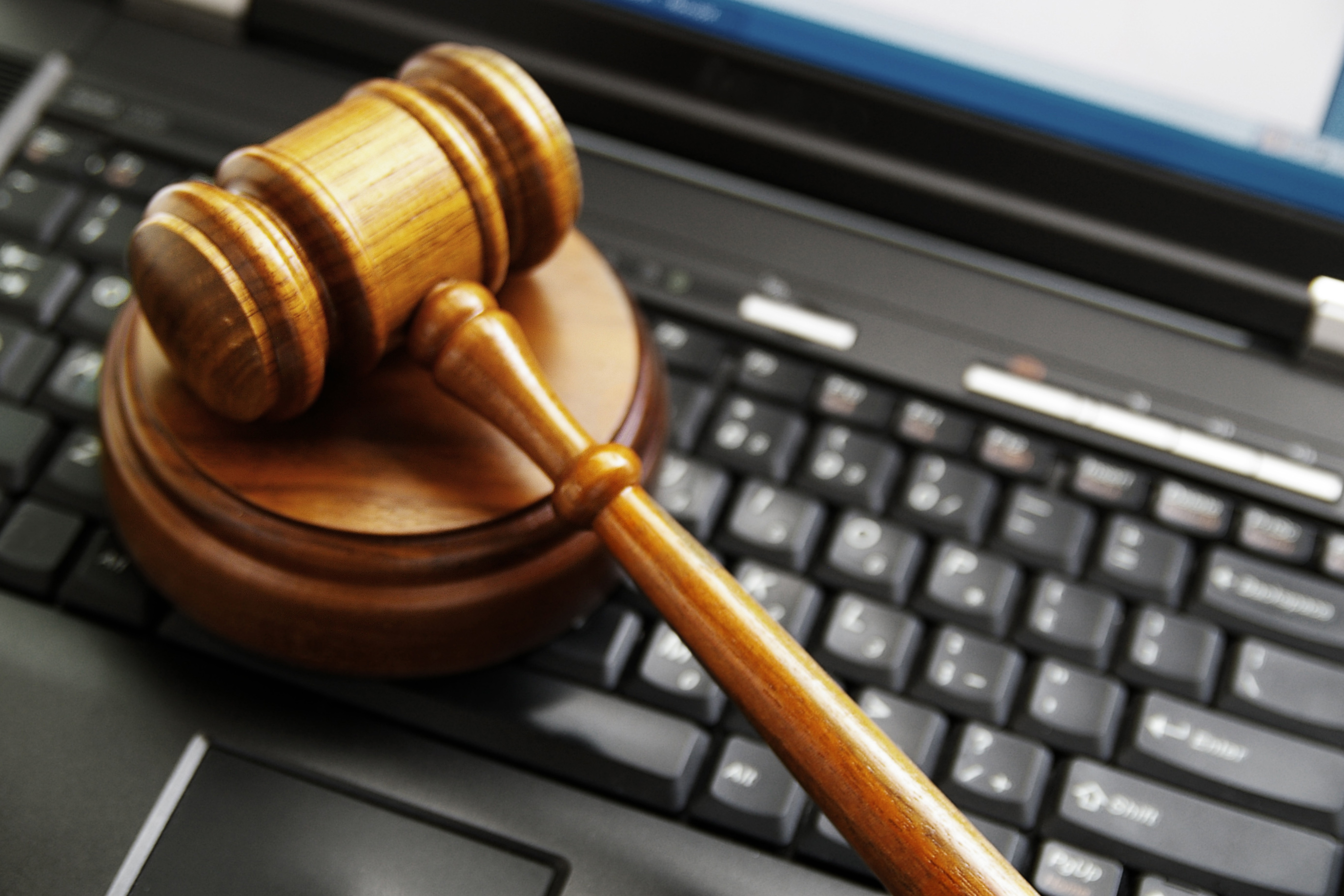
Artificial Intelligence (AI) is rapidly reshaping industries, and the legal sector is no exception. Every law firm and legal practitioner is hungry to know what AI can do for them.
“[AI] is no longer a passing trend but a transformative force that is fundamentally changing how legal professionals work,” says Richard Finkelman, managing director at Secretariat.
But the market is being flooded with AI-powered startups, tools, and solutions. It’s fast-moving, competitive, and noisy — and it leaves non-technical lawyers uncertain about the way forward.
From contract analysis to predictive analytics, AI promises to revolutionize how legal professionals get work done. But with all the hype, buzzwords, and bold claims, it’s increasingly difficult to distinguish meaningful innovation — the signal — from the surrounding noise.
The promise of AI in law
AI’s potential in the legal field is vast. Some common AI applications for legal professionals include:
- Document review and eDiscovery: AI can sift through thousands of documents to identify relevant information, dramatically reducing time and cost.
- Contract analysis: AI tools use machine learning to extract clauses, flag risks, and compare terms across contracts.
- Legal research: AI-powered platforms like Lexis+ and Westlaw Edge offer faster, more precise research by understanding context and intent.
- Chatbots and client interaction: AI-driven interfaces can handle routine client queries, freeing up legal professionals for more complex tasks.
Many firms already use AI to streamline workflows, improve accuracy, and enhance client service. Indeed, the American Bar Association’s 2025 Legal Industry Report, found that 39% of lawyers in larger firms (more than 50 attorneys) have already adopted Generative AI (GenAI) tools. It predicts that this is a trend set to continue, saying: “Within the next year, we can expect to see even more significant increases as the technology advances and restrictive law firm AI policies arising from accuracy and ethics concerns are lifted.”
But not all tools deliver on their promises — and that’s where the noise begins.
The noise: hype, misconceptions, and overpromises
The legal tech space is flooded with startups, each touting its AI as revolutionary. But beneath the marketing fanfare, many tools fall short. The noise often comes from overpromised capabilities or vague claims.
AI tools that claim to “replace lawyers” or “automate judgment” without clear boundaries or accountability mechanisms should raise red flags. So should systems that lack transparency in how they reach conclusions or fail to provide audit trails for their decisions. Common sources of noise include:
- Overstated capabilities: Vendors often claim their AI “understands” legal language or “predicts” outcomes with high accuracy. In reality, most tools rely on pattern recognition, not true comprehension.
- Black box algorithms: Some systems offer results without transparency. Lawyers are left wondering how conclusions were reached and creating uncertainty — an unacceptable risk in a profession that demands accountability and confidence.
- Generic solutions: Tools built for general business use are repackaged for legal settings, but lack the nuance required for legal reasoning and terminology.
- Lack of contextual awareness: AI may misinterpret legal nuances, especially in jurisdictions with complex or evolving laws.
The result? Legal professionals may invest in tools that don’t deliver value — or worse, compromise the integrity of their work.
Separating signal from noise: A practical framework
To truly harness AI’s potential, legal professionals must develop a framework for separating signal from noise — a way to distinguish meaningful advancements from marketing buzz.
The signal lies in AI tools that demonstrably improve legal workflows: contract analysis that flags risk with precision, predictive analytics that guide litigation strategy, and document review systems that reduce human error.
These technologies don’t just promise — they deliver measurable outcomes. They’re built on robust data, tested in real-world scenarios, and designed with legal ethics in mind.
“A task that would previously have taken an hour was completed in five minutes or less. Something that would’ve taken us a couple of weeks to do now gets back to the business-side in a day or two. That’s huge,” Jarret Coleman, general counsel, Century Communities, explained in an August 2025 Thomson Reuters article looking at the impact of AI in law.
A sound framework also involves cross-functional collaboration. Legal professionals should work alongside technologists, ethicists, and compliance experts to evaluate AI tools holistically. Pilot programs, sandbox testing, and continuous feedback loops are essential to ensure that what looks promising on paper performs reliably in practice.
A robust framework for evaluation should rest on four pillars: transparency, reliability, relevance, and accountability.
- Transparency means understanding how the AI reaches its conclusions — what data it uses, what assumptions it makes, and whether its outputs can be audited.
- Reliability demands consistent performance across different legal contexts, not just cherry-picked success stories.
- Relevance ensures the tool is tailored to the jurisdiction, practice area, and specific needs of the firm.
- Accountability means there’s a clear mechanism for oversight, correction, and ethical compliance.
By focusing on these four pillars, the legal industry can cut through the noise and tune into the signal that truly matters — with confidence.
Harnessing AI’s power
AI holds immense promise for the legal sector, but not every tool engenders trust and confidence. By understanding the technology, demanding transparency, and evaluating real-world performance, legal professionals can truly harness AI’s power without falling foul of the hype.
The signal is out there — clear, valuable, and transformative. But it takes discernment to hear it through the noise. Separating signal from noise isn’t just a technical challenge — it’s a professional imperative.
Sign up today and you will receive a free copy of our Future Focus 2025 report - the leading guidance on AI, cybersecurity and other IT challenges as per 700+ senior executives

Lawrence Miller, CISSP, has worked in information security and technology management for more than 25 years.
He received his MBA in Supply Chain Management from Indiana University and has earned numerous technical and professional certifications throughout his career.
He is currently working as an IT security solutions consultant. He’s previously worked as the vice president of IT for a major Verizon reseller, director of IT and e-commerce for a retail merchandising company, and IT operations manager for a top 100 U.S. law firm.
-
 What businesses need to know about data sovereignty
What businesses need to know about data sovereigntyWithout a firm strategy for data sovereignty, businesses put their data and reputations at risk
-
 Anthropic says MCP will stay 'open, neutral, and community-driven' after donating project to Linux Foundation
Anthropic says MCP will stay 'open, neutral, and community-driven' after donating project to Linux FoundationNews The AIFF aims to standardize agentic AI development and create an open ecosystem for developers
-
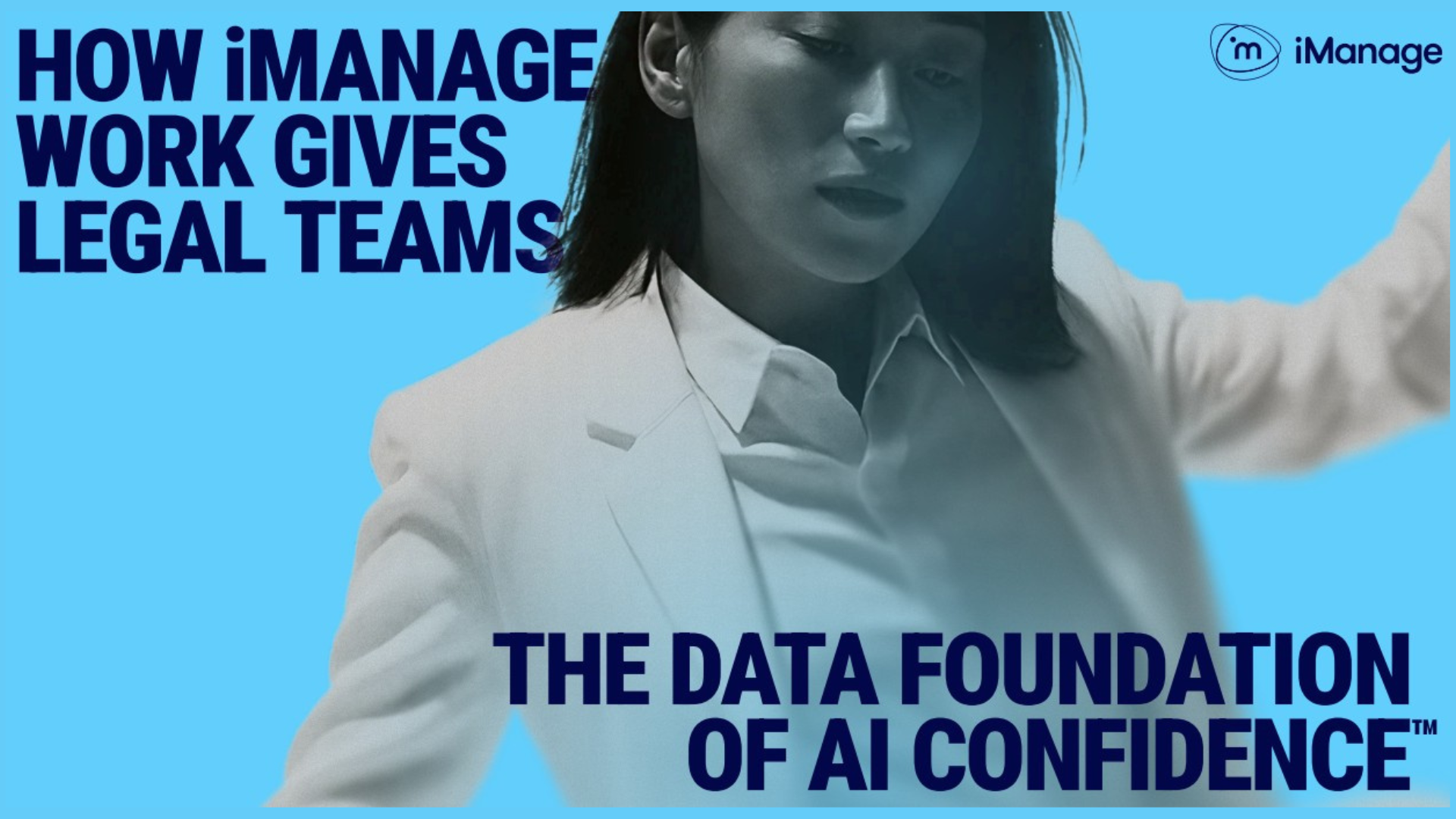 The Data Foundation of AI Confidence
The Data Foundation of AI Confidencewhitepaper
-
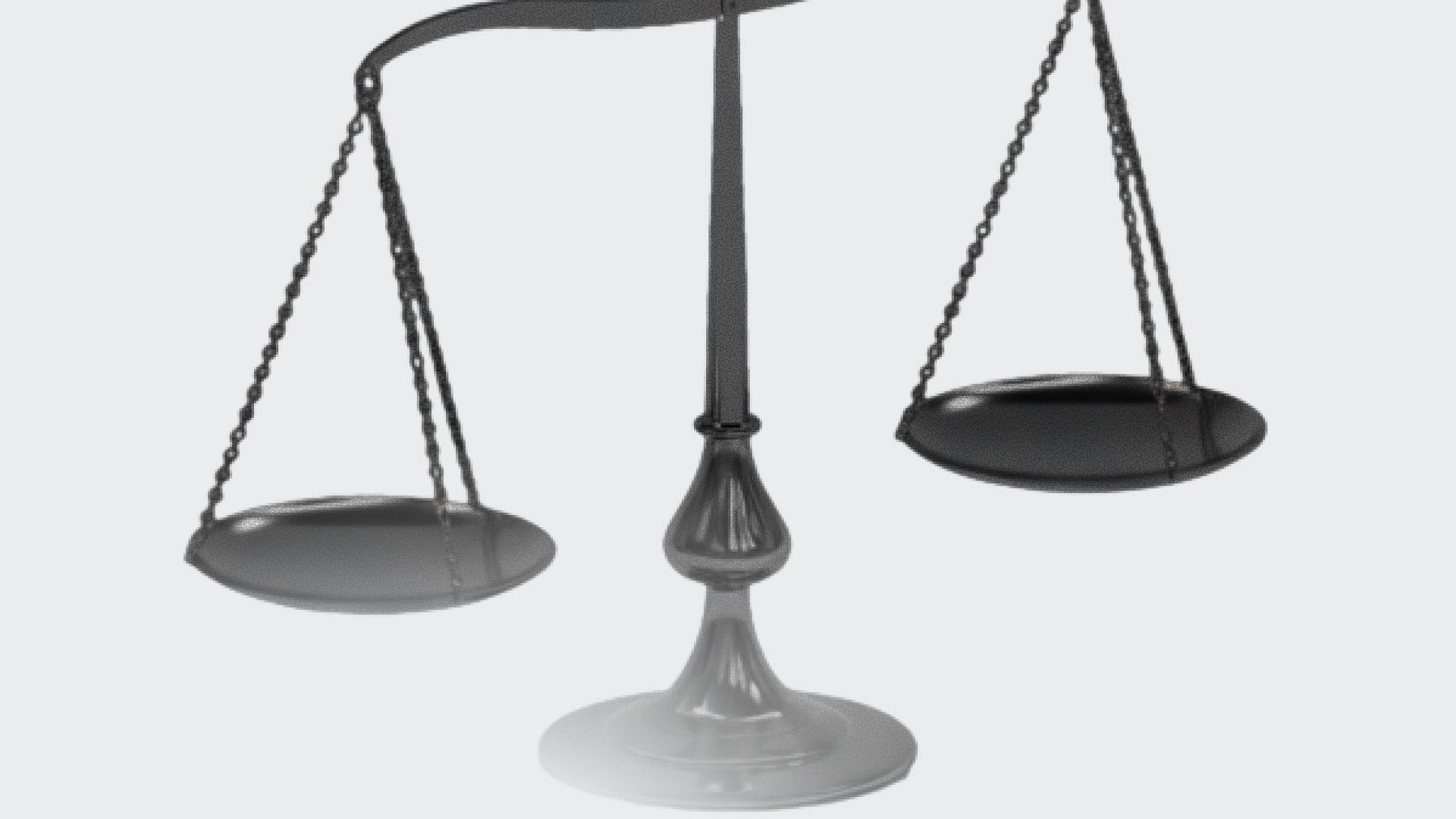 Tired of legal AI tools that overpromise but underdeliver? The secret to success is in your firm’s data
Tired of legal AI tools that overpromise but underdeliver? The secret to success is in your firm’s dataSponsored Don't let legal AI tools overpromise and underdeliver: the secret to success isn't the software, but building a secure, stable, and connected data foundation that transforms your firm's complex, siloed information into structured knowledge.
-
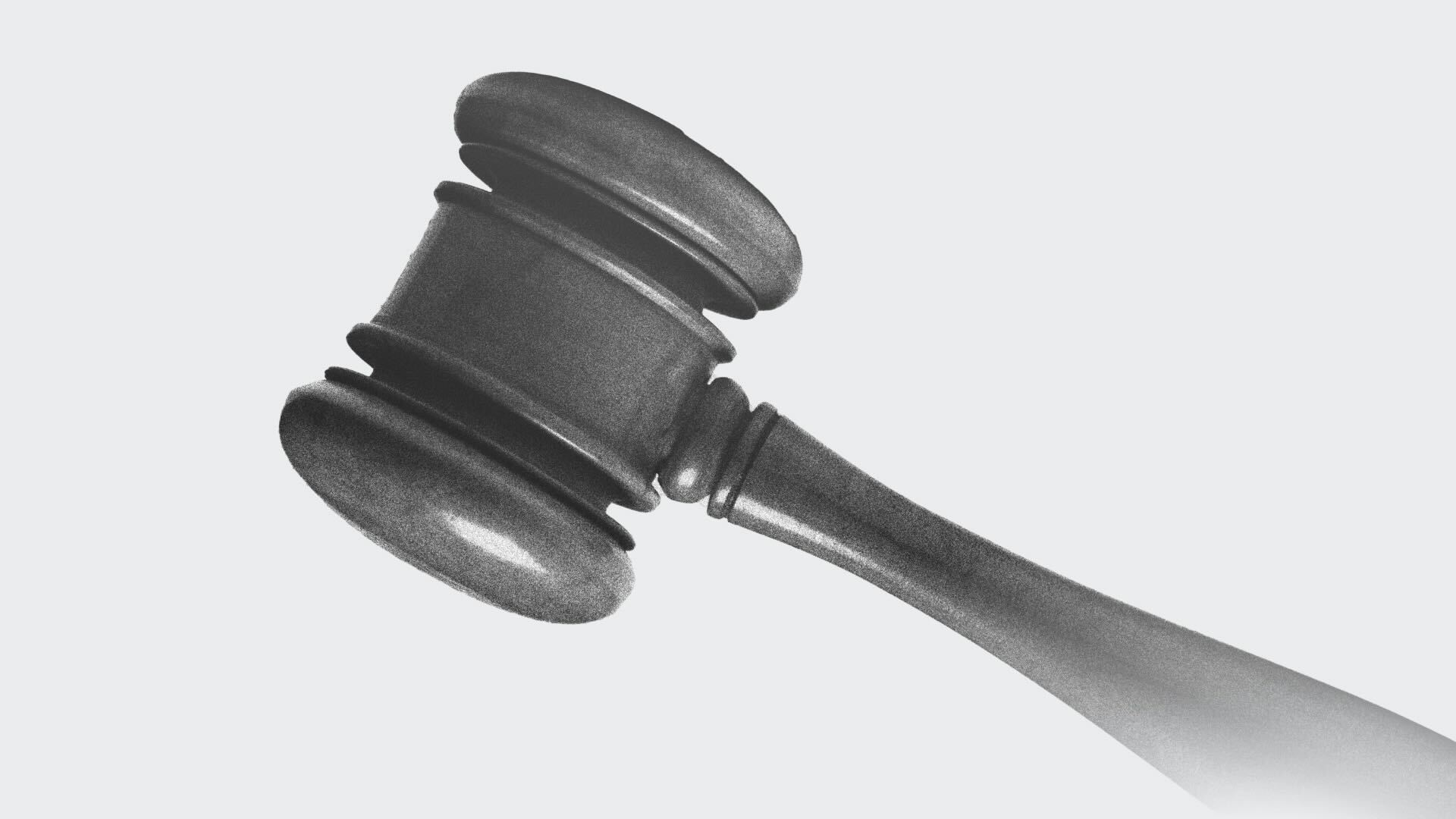 Yes, legal AI. But what can you actually do with it? Let’s take a look…
Yes, legal AI. But what can you actually do with it? Let’s take a look…Sponsored Legal AI is a knowledge multiplier that can accelerate research, sharpen insights, and organize information, provided legal teams have confidence in its transparent and auditable application
-
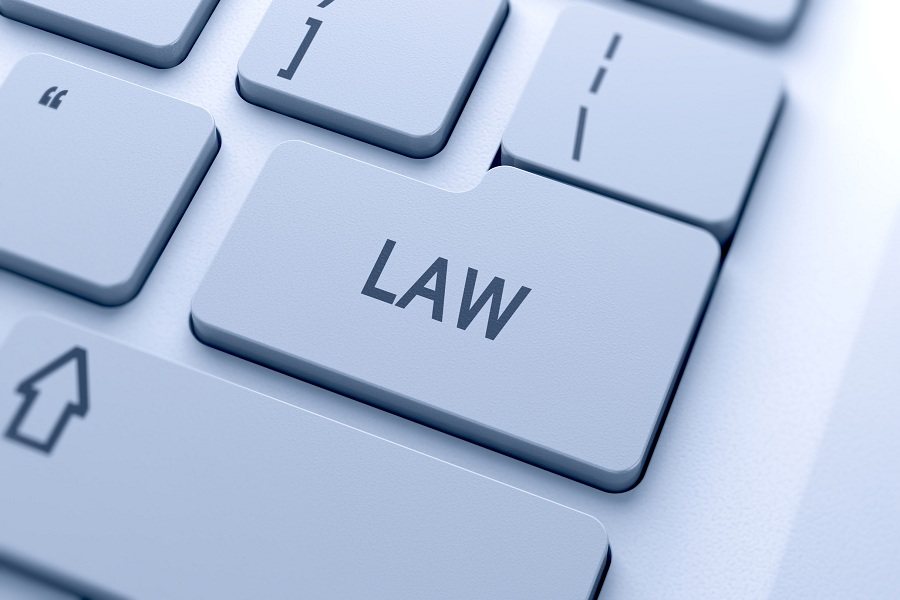 What can AI do to empower those working in the legal sector today, tomorrow, and beyond?
What can AI do to empower those working in the legal sector today, tomorrow, and beyond?Supported AI is transforming the legal profession — from streamlining today’s workflows to shaping tomorrow’s strategies. For firms, the choice is clear: embrace trusted AI tools now or risk falling behind in a rapidly evolving landscape
-
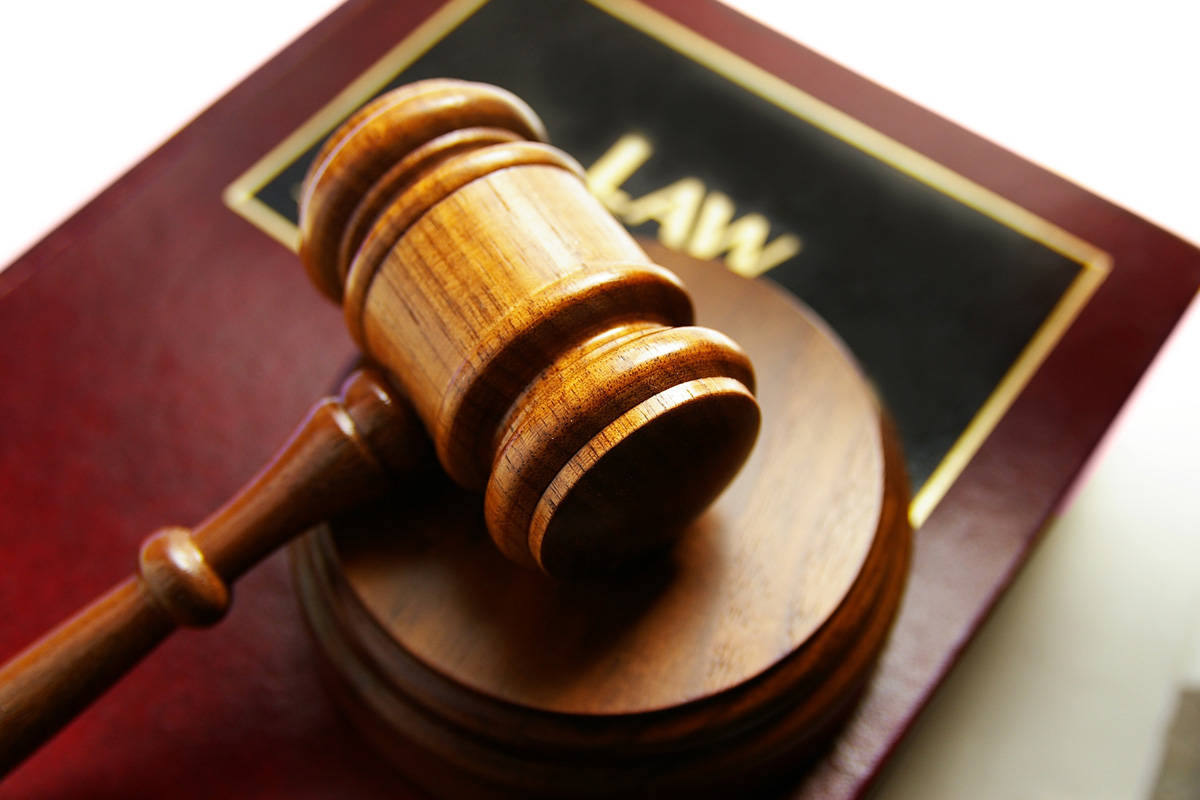 How AI can help rather than hinder knowledge workers in the legal profession
How AI can help rather than hinder knowledge workers in the legal professionSupported AI won’t replace lawyers — it empowers them. Free from routine tasks, legal pros can focus on strategy, judgment, and client success
-
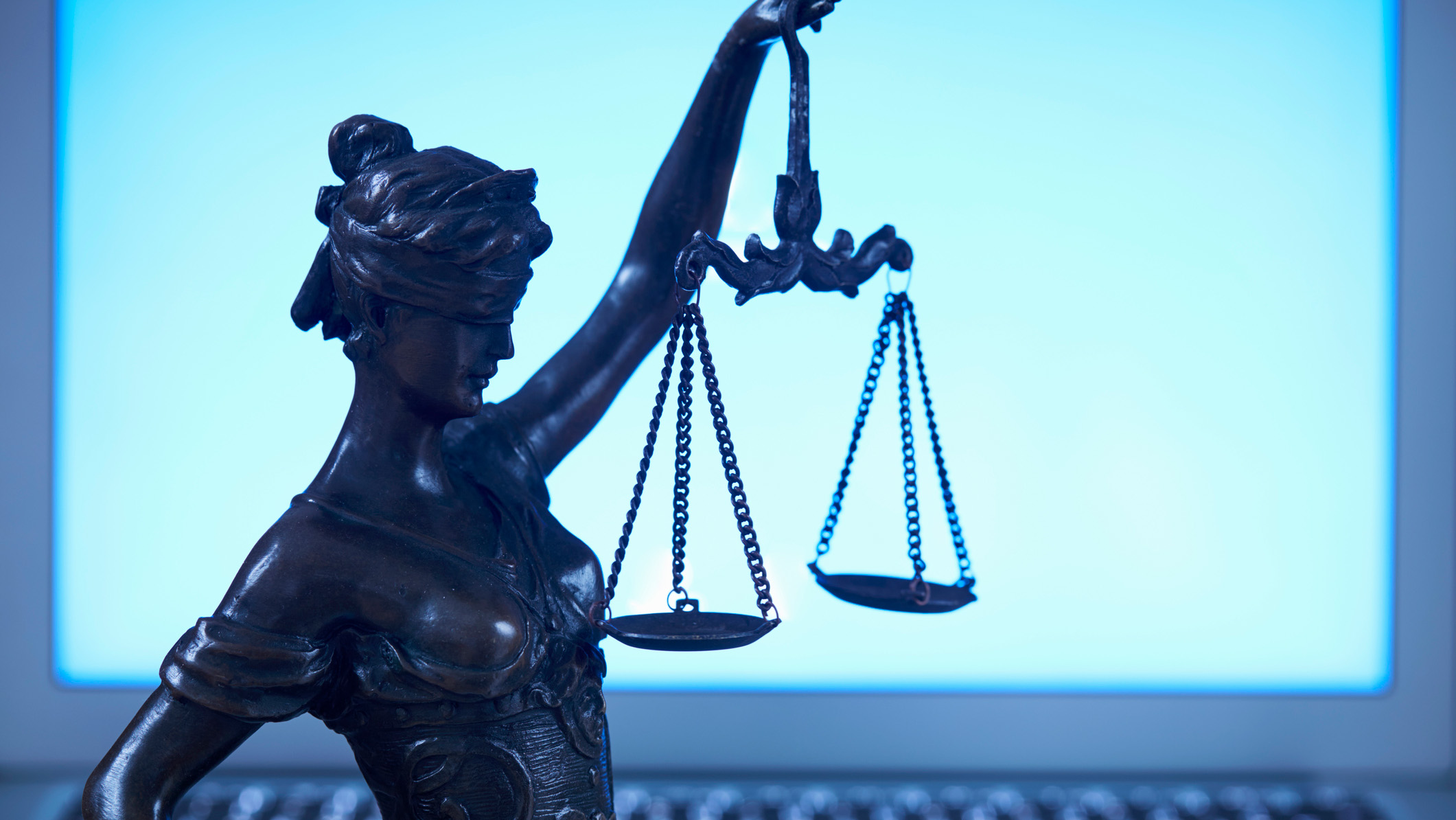 AI legal confidence: What is it and how do you get there?
AI legal confidence: What is it and how do you get there?Supported AI is reshaping legal practice, but doing so successfully comes down to building trust and confidence...
-
 Legal professionals face huge risks when using AI at work
Legal professionals face huge risks when using AI at workAnalysis Legal professionals at a US law firm have been sanctioned over their use of AI after it was found to have created fake case law.
-
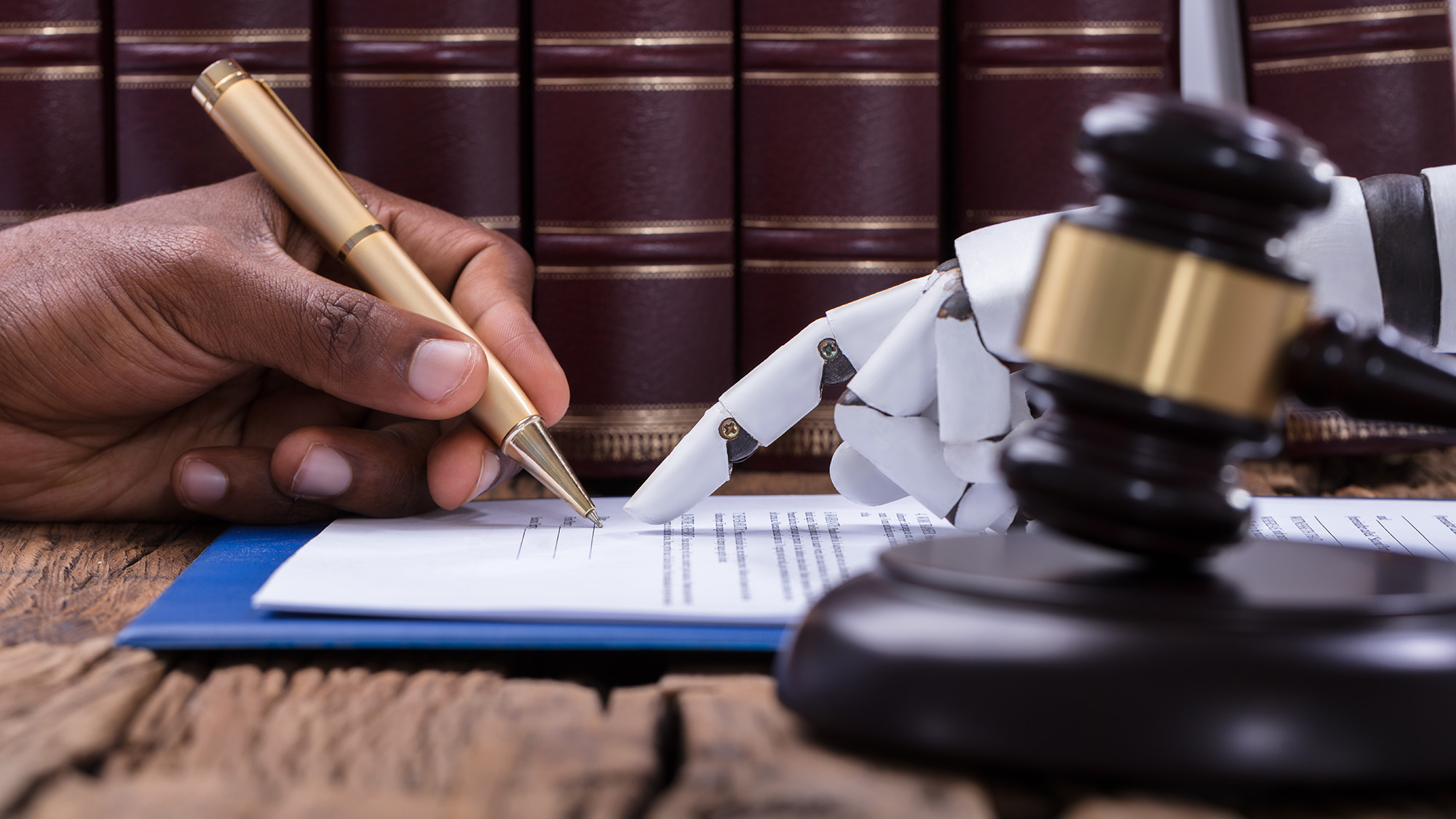 The future of AI in the legal industry
The future of AI in the legal industryIn-depth It’s an industry that can be traced back to ancient Greece and Rome but how will artificial intelligence catapult the legal profession into the 21st century?
